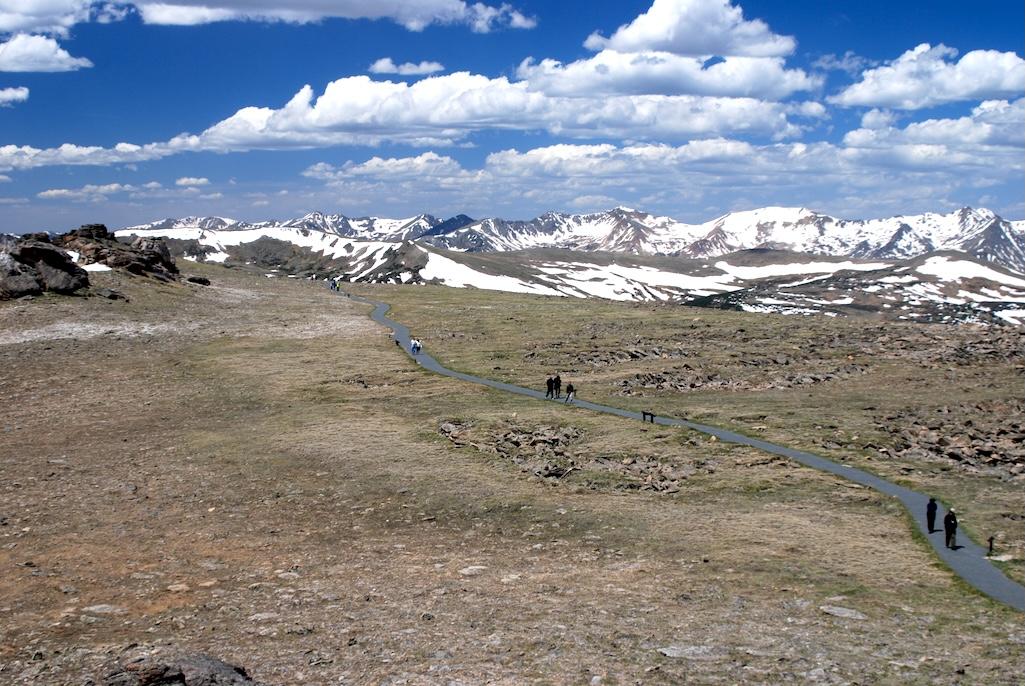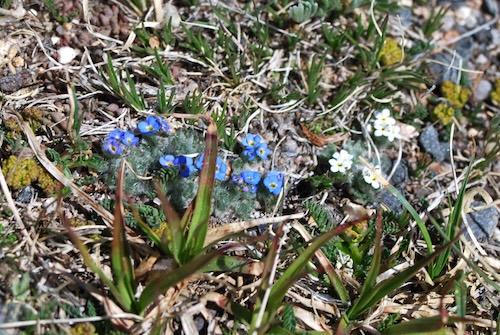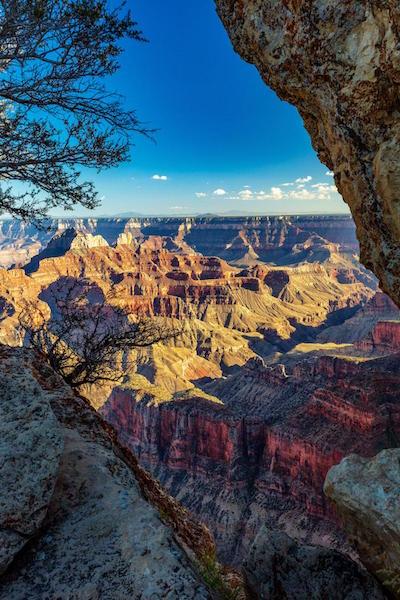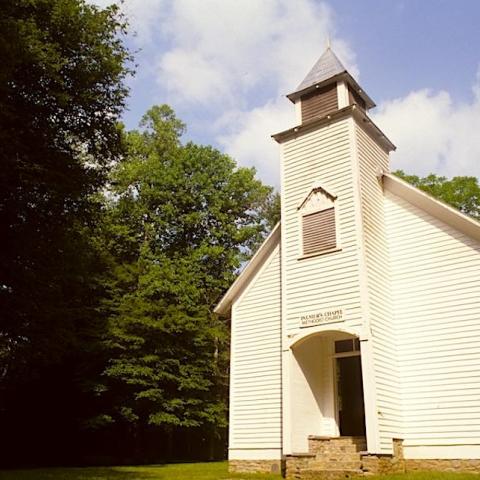
The tundra along the roof of Rocky Mountain National Park/Kurt Repanshek file
There is, near the roof of Rocky Mountain National Park, a unique landscape rarely found in the National Park System.
The alpine tundra, towering above the park’s spruce and ponderosa pine forests, is a unique ecosystem unlike any other in the park, or in much of the Lower 48 states. Though barren looking, this landscape has evolved to endure dryness, buffeting winds, deep snows and short summers.
Yet it’s also home to a variety of creatures including pika, yellow-bellied marmot, and the rare white-tailed ptarmigan, a stocky grouse, says Danielle Wolf, education manager for the Rocky Mountain Conservancy (RMC)’s Field Institute.
“These hardy plants and animals have adapted to their environment, but they must be protected,” she explains.
You can gain an appreciation for the tundra if you sign up for one of the Conservancy’s van tours along Trail Ridge Road, which rises above 11,000 feet in elevation to cross the Rockies to link Grand Lake on the park’s west side with Estes Park on the east. You'll find yourself transported to another world.

In spite of the harsh conditions, delicate flowers bloom each summer on the tundra/Kurt Repanshek
The van ride starts with an orientation talk by the non-profit organization before embarking on a drive that steadily climbs to 11,700 feet. The road winds past deep evergreen forests with breathtaking views of Longs Peak and the Southern Rockies. Peer into the forest, you might even spy an elk or mule deer.
Wolf, a long-time educator, stresses the importance of preservation since hiking and other recreational activities can cause significant damage to the stunted, slow-growing plants of the tundra, which take years, if not decades, to rebound. She was inspired by the legacy of Dr. Beatrice “Bettie” Willard, the Field Institute’s first instructor. Her work as a tundra ecologist gave rise to improved management practices of this ecosystem.
Katie Colson, the Conservancy’s education coordinator, revived the Bettie Courses in honor of Willard. The courses connect women to the park’s history of conservation through outdoor adventures such as rock climbing ($179/person; scholarships available) and hiking.
“We believe in getting people connected to this beautiful place in hopes of spurring on stewardship,” says Colson. • Learn about the classes at this site.
The Importance Of Park Partners
The Rocky Mountain Conservancy is just one of almost three dozen nonprofits that work as educational partners with the National Park Service. The range of programming they offered is rich, since organizations tap naturalists, teachers, and field specialists to lead instruction.
At RMC, you can learn how to identify alpine wildflowers and medicinal plants or take a guided hike. Other nonprofits offer camps for kids and families, classes on photography, nature journaling, marine biology, birding, and more.

Family programs with the Great Smoky Mountains Institute introduce youngsters to nature and camping/NPS file
Although staffing cuts have reverberated throughout the National Park Service this year, conservancies operate as nonprofits, “so we’re not directly impacted by the cuts,” notes Erin Rosolina, director of marketing for the Great Smoky Mountains Institute at Tremont. “As a park partner, we do our own fundraising and have our own staff," she said.
And Rosolina says nonprofits like hers remain committed to providing public programming that will inspire you to grow your love of the outdoors.
Yosemite Conservancy Chief of Yosemite Operations Adonia Ripple adds, “As of today, all of Yosemite Conservancy’s art, Outdoor Adventure, and volunteer programs are currently moving forward as planned.”
Rediscover The Wonder Of The Natural World
For John DiDiego , who coordinates educational programming at the Great Smoky Mountain Institute, sharing his enthusiasm for getting out in nature is one of the best parts of his job.
Their most popular offering is the Firefly Camp for Families, which gives families a chance to stay inside the park for one to three nights. During the day, families work with young instructors, exploring creeks for crayfish or looking for butterflies as they hike to nearby waterfalls. At night, you just might spy some flickering fireflies before hitting the sack.
The beauty of exploring is simple, says DiDiego. “It lets kids rediscover the wonder and mystery of the natural world.”

Interpreters at the Grand Canyon Conservancy can unravel billions of years of geology for you/Rebecca Latson fikle
The nonprofit’s nimbleness also enables it to accommodate visitors at a moment's notice. DiDiego says a group of former gang members from Chicago spent several days at Tremont. “There’s a lot of interest in the parks as a place for healing and recovering,” he says. • Learn more at this site.
Pay a visit to the Grand Canyon Conservancy's Field Institute and you can discover the plants that thrive along the canyon’s rim or take a geology hike along the South Rim to learn about the billions of years the colorful rock strata represent. There are classes for honing your photography skills, or hiking into the wilds on a multi-day backpacking trip. Each course will grow your appreciation of this glorious chasm. • For details, visit this site.
The National Park Ssystem’s most bountiful park also offers numerous ways for visitors to engage, thanks to Yellowstone Forever. Take a watercolor class or go on a day’s adventure to Lamar Valley where you’ll see the elk, bison, and perhaps even the elusive wolf.
Among the most popular is the Yellowstone for Families Lodging and Learning program (for children ages 8 to 12), where families can spend four days with an educator exploring different facets of the park’s offerings while staying in one of the park’s lodges. Activities expose learners to the park’s distinctive geology, wildlife and art and more. • Check out the programs at this site.
Guided adventures and art classes await here at the Yosemite Conservancy, where you can even have art programs tailored to your group. Course offerings include birding and wildlife walks, backcountry hikes and, after dusk, interpretations of the beautiful night sky.
Naturalists identify the numerous constellations and stars that twinkle above as well as share interesting facts about the planets. • To explore the programs, visit this site.




 Support Essential Coverage of Essential Places
Support Essential Coverage of Essential Places






